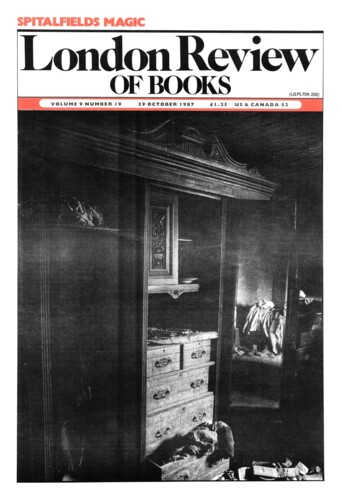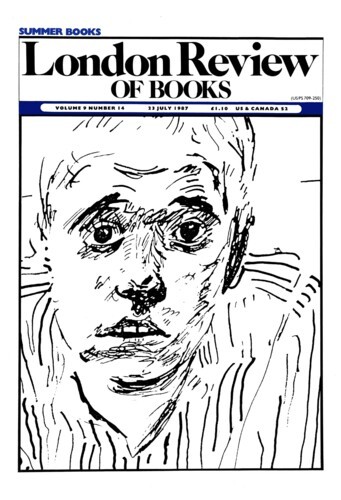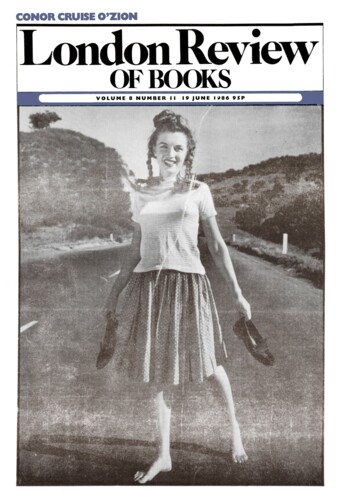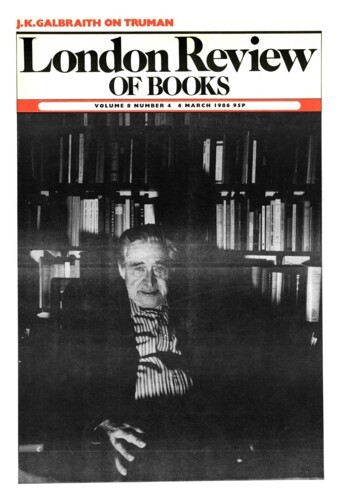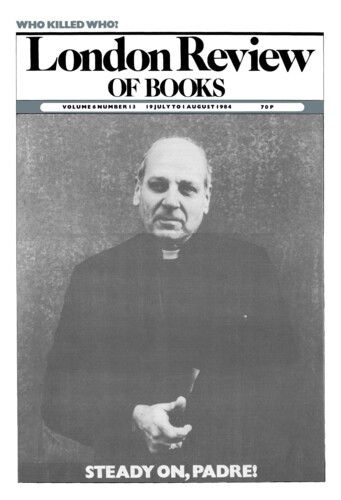Street-Wise
Richard Altick, 29 October 1987
Whether by happy accident or design, the publication of Peter Jackson’s George Scharf’s London coincided with the opening of a notable exhibition at the Museum of London called simply ‘Londoners’. Although Scharf’s oeuvre is most readily classified as topographical art, his sketches are as descriptive of the everyday Londoners who went about their lawful pursuits in the decades between 1820 and 1850 as they are of sides of the emerging metropolis which down to that time were largely neglected by the best-known London iconographers. Canaletto’s scores of panoramic scenes with their minutely sharp lines and Venetian brightness constitute an 18th-century version of London which it is hard to believe existed in all its radiant immaculacy. Hogarth’s London scenes foreshadowed Doré’s, more than a century later, in their depiction of a dark purgatory peopled with prostitutes, pimps, rakes, gin-drinkers, beggars and all the other members of a seamy or downright criminal underclass. The most ample previously known visual accounts of the late Regency and early Victorian London that Scharf knew were left by artists, notably Thomas Hosmer Shepherd and Thomas Shotter Boys, whose eyes were fixed on the city’s architectural splendours, old and new. As with Canaletto’s paintings, one has the feeling that Shepherd and Boys ignored the people normally present in the vicinity and subsequently introduced a few scattered figures as an afterthought, an unconvincing affectation of realism that was not allowed to distract attention from the buildings themselves.
